Sensory synesthesia: when your senses throw a party!

Hello, fellow adventurers of the mind! Today we fully immerse ourselves in the fascinating world of synesthesia. Imagine your senses having a big party and letting yourself go a bit, well that’s synesthesia for you! It’s a rare condition in which the brain’s sensory pathways become entwined, causing one sense to trigger experiences in another. Visualize this: you hear a melody and suddenly taste the sweetness of strawberries, or you see the color blue and it evokes a soft, comforting sound. It’s like your senses decided to play a game of musical chairs and mix things up!
Let’s take a closer look at the fascinating ways that synesthesia can manifest itself. The most common type is grapheme-color synesthesia, in which numbers, letters, or words are associated with specific colors. For example, the letter “A” can always be perceived as red, while the number “7” appears as a vibrant green. It’s like having your own color-coded alphabet! But wait there’s more! We also have sound-color synesthesia, where certain sounds or musical notes are associated with different colors. Imagine listening to a song and seeing a beautiful symphony of nuances dancing in the air. Talk about a concert for the eyes!
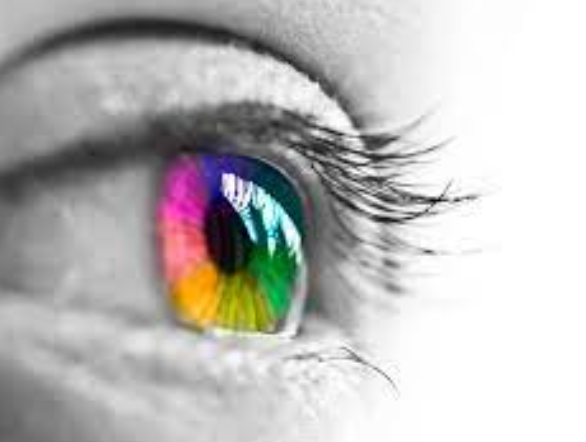
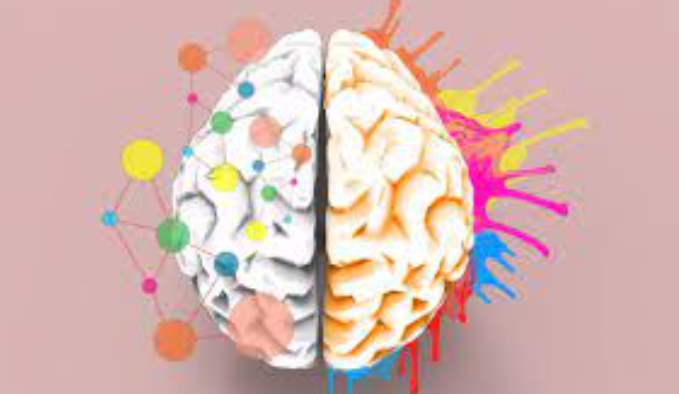
Now, here’s a flavorful twist: taste-emotion synesthesia. Yes, you read that right! For some lucky people, experiencing certain emotions can trigger specific likings. Joy may taste like a refreshing scoop of vanilla ice cream, while sadness may taste like the bittersweet taste of dark chocolate. It’s like having an emotional menu where every feeling comes with a side of flavor! Believe it or not, synesthesia has captured the imagination of many talented people throughout history. Take the renowned composer Franz Liszt, for example. His synesthetic experiences with music and colors inspired him to create dazzling symphonies that painted vivid images in the minds of his listeners. Talk about turning colors into musical masterpieces!
You might be wondering, “What’s going on inside the brain during all this sensory party?” Well, scientists have been busy trying to figure out the secrets behind synesthesia. They believe it is caused by cross-activation of different brain regions responsible for processing sensory information. Now here’s the exciting part: Synesthesia could come with some unexpected advantages, studies suggest that synesthetics have enhanced memory abilities. Imagine remembering numbers effortlessly because each one has its own vibrant color! They also tend to be more creative, using their sensory experiences as a source of inspiration. It’s like having a built-in imagination amplifier!
So the next time you hear a melody or see a color, pause for a moment and let your senses mingle. Who knows, you might discover a hidden synesthetic superpower inside of you!
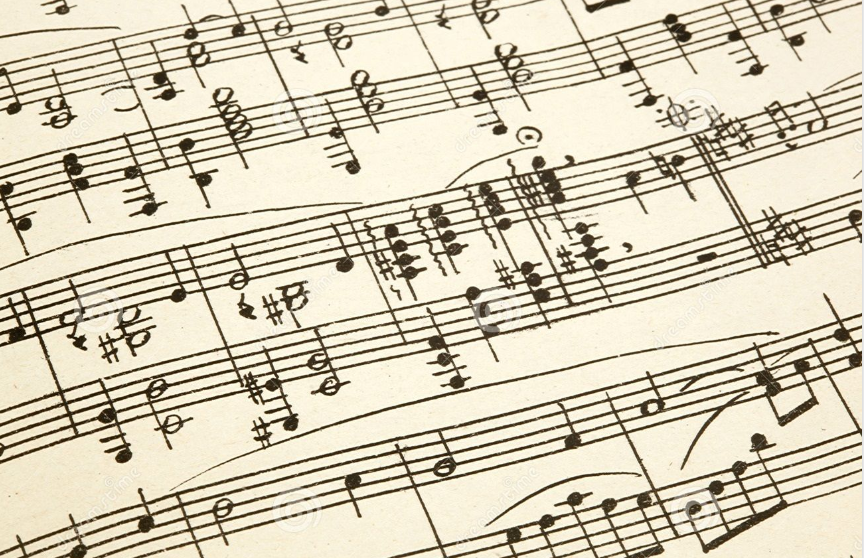
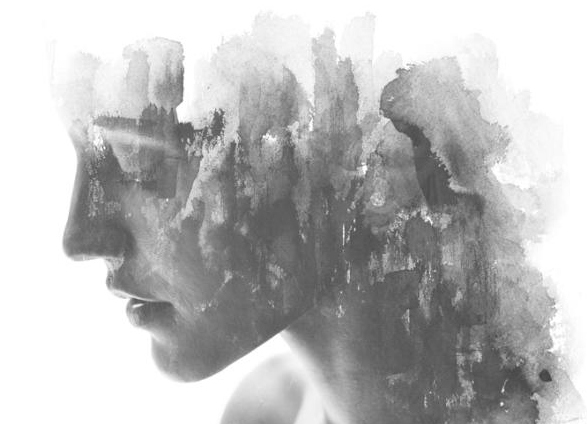
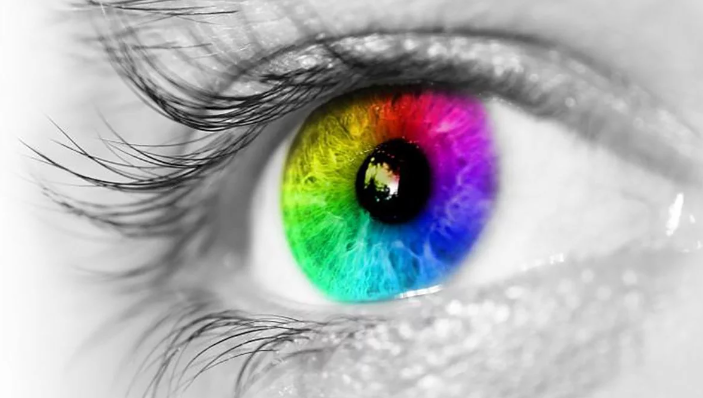
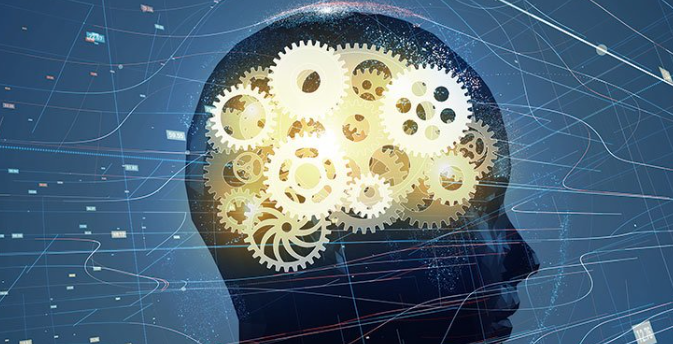

Responses